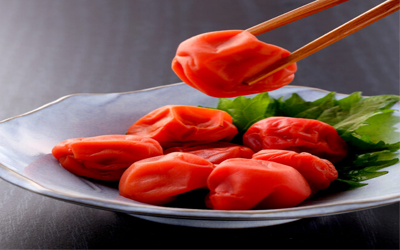Importance of Chinese cuisine
All Chinese cuisine requires regular grocery shopping with fresh ingredients. For freshness, the Chinese choose live seafood, fresh meats, and locally grown seasonal fruits and vegetables, in contrast to the American fast food culture. It also entails squirming chicks, snappy crabs, and swimming fish. Even prepared items like BBQ duck or dim sum for takeout orders must shimmer, gleam, and vapours as if they had just been removed from the oven.
In general, Chinese people are less concerned with diet than individuals in Western cultures. They are more focused on the food’s flavour, colour, and scent than on its texture. These are the essential components of excellent Chinese cuisine. Grain, vegetable, fruit, and meat are the four dietary types that make up a typical Chinese dinner. The lactose sensitivity of the Chinese prevents them from consuming substantial quantities of dairy products. Chinese people instead replace them with soymilk as well as tofu, which are also very high in calcium and protein. Fresh meats, fruits, and vegetables are the norm.
Some exceptions to this rule are salted and dried fish, preserved fish, preserved eggs, or preserved vegetables like snow cabbage/mustard greens. Snacks like cuttlefish jerky, beef jerky, sweet-and-sour plum preserves, or dried mango slices are also excluded. Rarely are foods from cans or freezers consumed.
On important occasions like birthdays and weddings, people in the West exclusively consume desserts like cookies, pastries, pies, and ice cream. Families typically have fruit from the current season for dessert after dinner. On occasion, Chinese desserts are offered as a special feast on a sweltering summer night. Examples include bean soup, white lotus seed soup, and steam papaya soup.
Not a lot of deep-fried food is used in ethnic Chinese cookery. To boost sales and appeal to western tastes, the majority of Chinese restaurants in America serve deep-fried food including almond-fried chicken, and deep-fried shrimp. This demonstrates the reason why Western cultures are more concerned about high cholesterol and obesity than Chinese cultures are.
The Chinese meal
Usually, important occasions like holidays, marriages, graduations, anniversaries, or having a special guest in town call for a Chinese buffet supper. It’s a gathering place for loved ones and friends to enjoy conversation and laughing. Each table typically has 10 people seated at it.
Regional Food
China has a diverse range of culinary traditions. Every province has a distinctive cooking style all its own. There are a variety of cuisines, including Cantonese, Shanghai, Szechwan, Beijing, Hunan or Hubai, Hakka1, etc. Szechwan and Cantonese cuisines are the most well-known. The spicier meals are found in Szechwan cuisine. They cook their food with a lot of hot oil, red pepper, and chilli paste. Hot chilli eggplant, Ma Po tofu, Szechwan beef, as well as Kung Pau chicken are some of the most well-known Szechwan delicacies. All of these recipes are incredibly flavorful and spicy.

